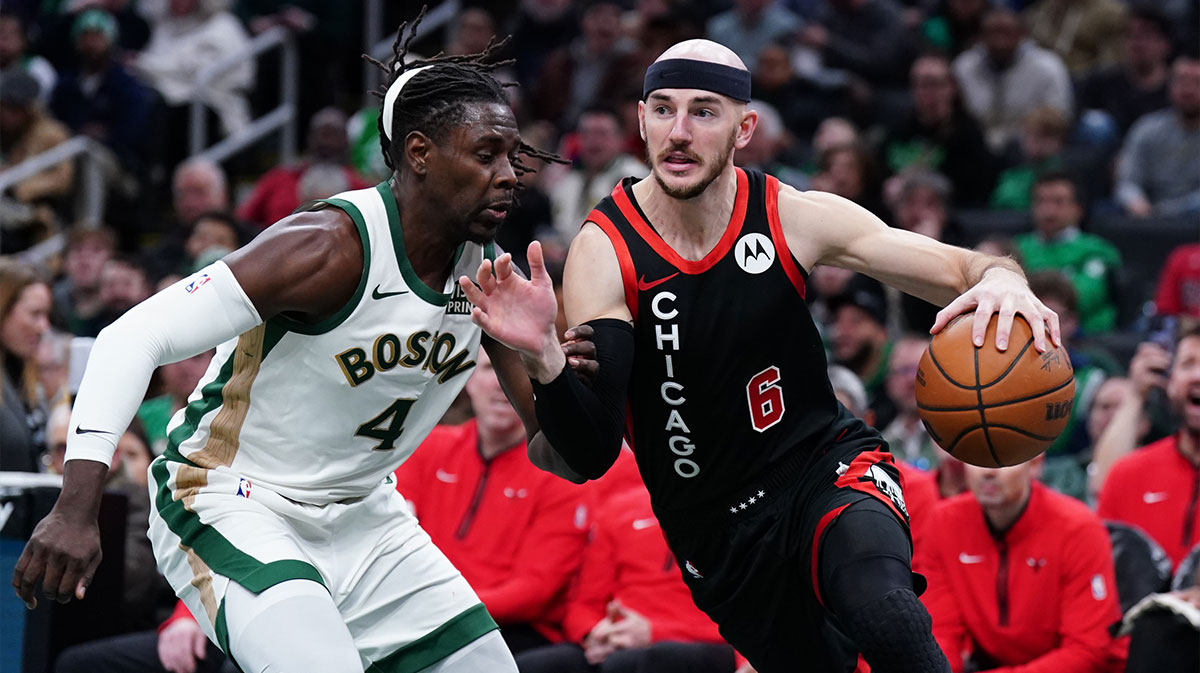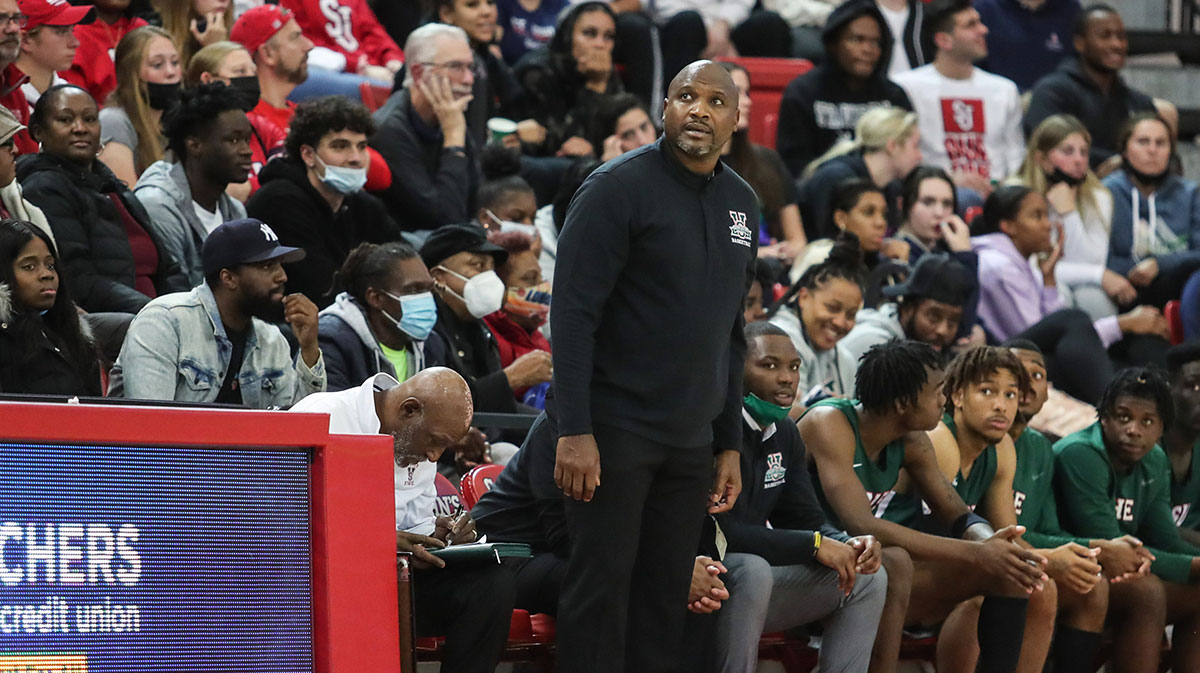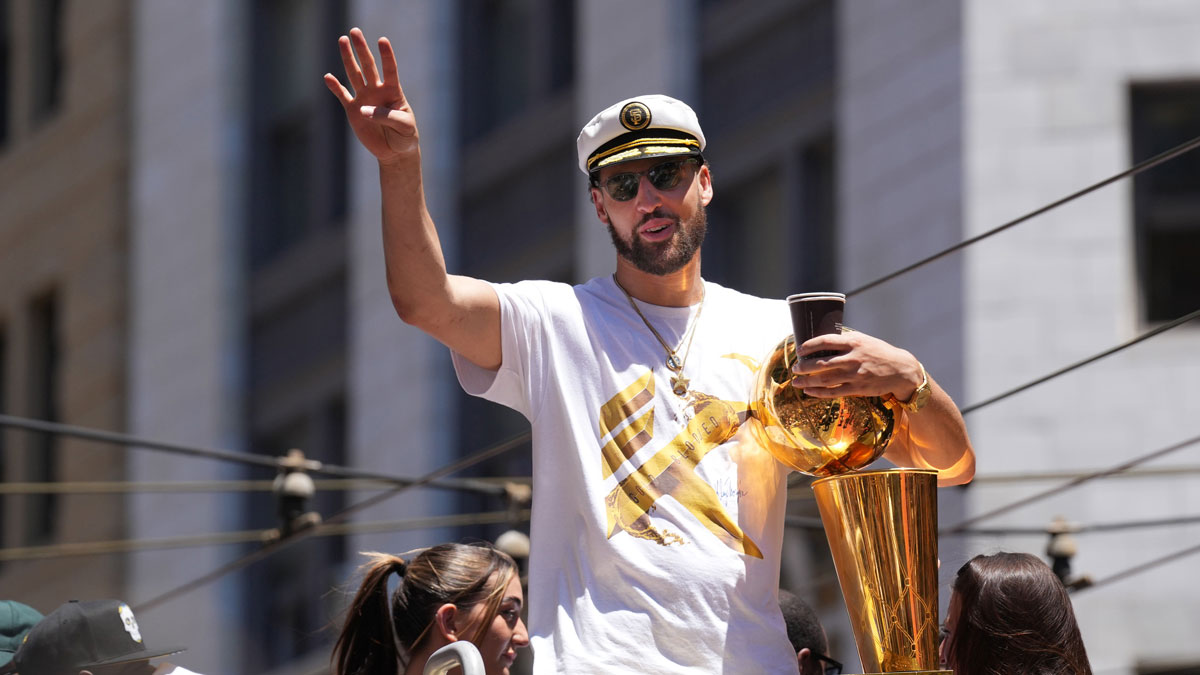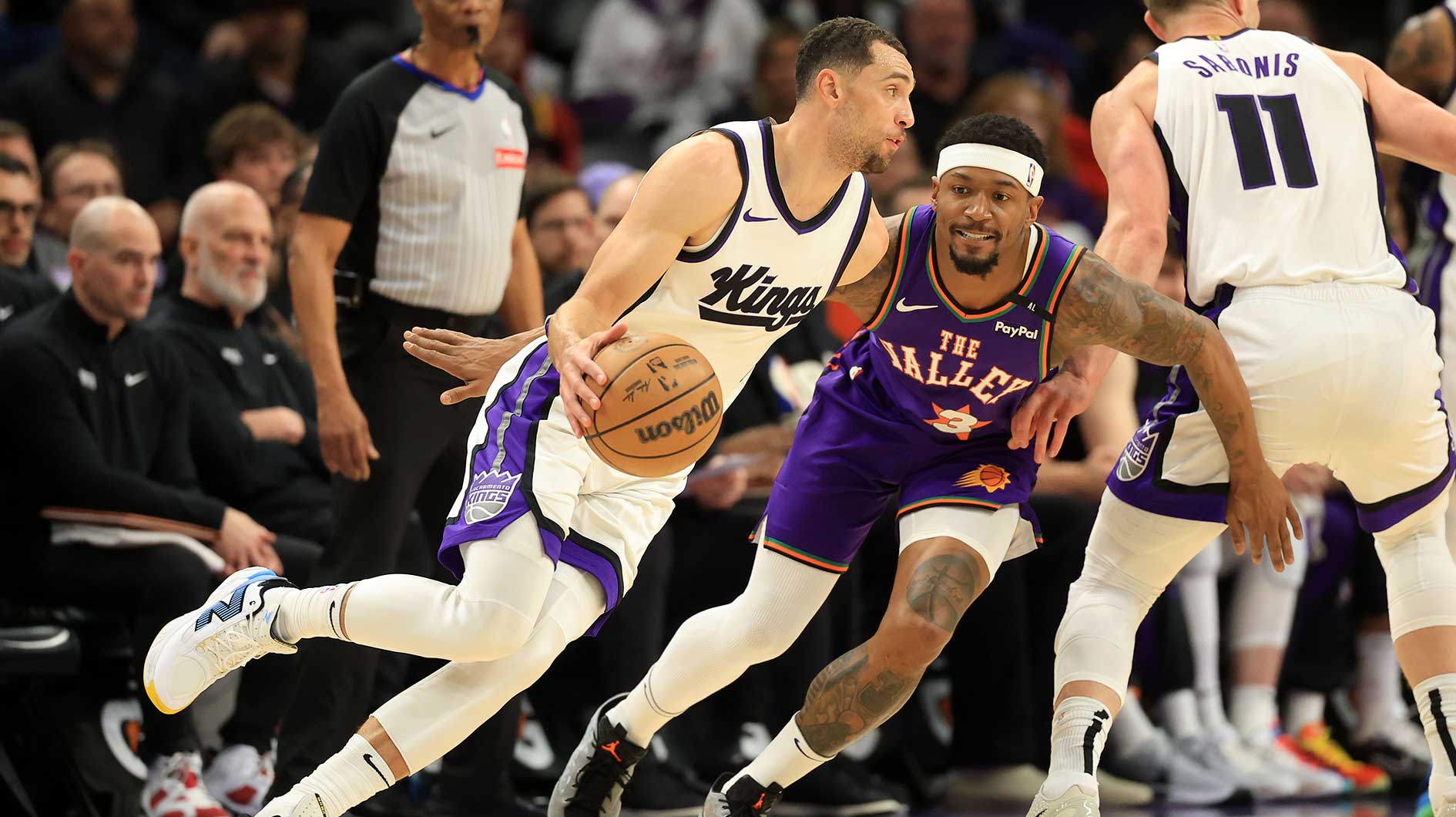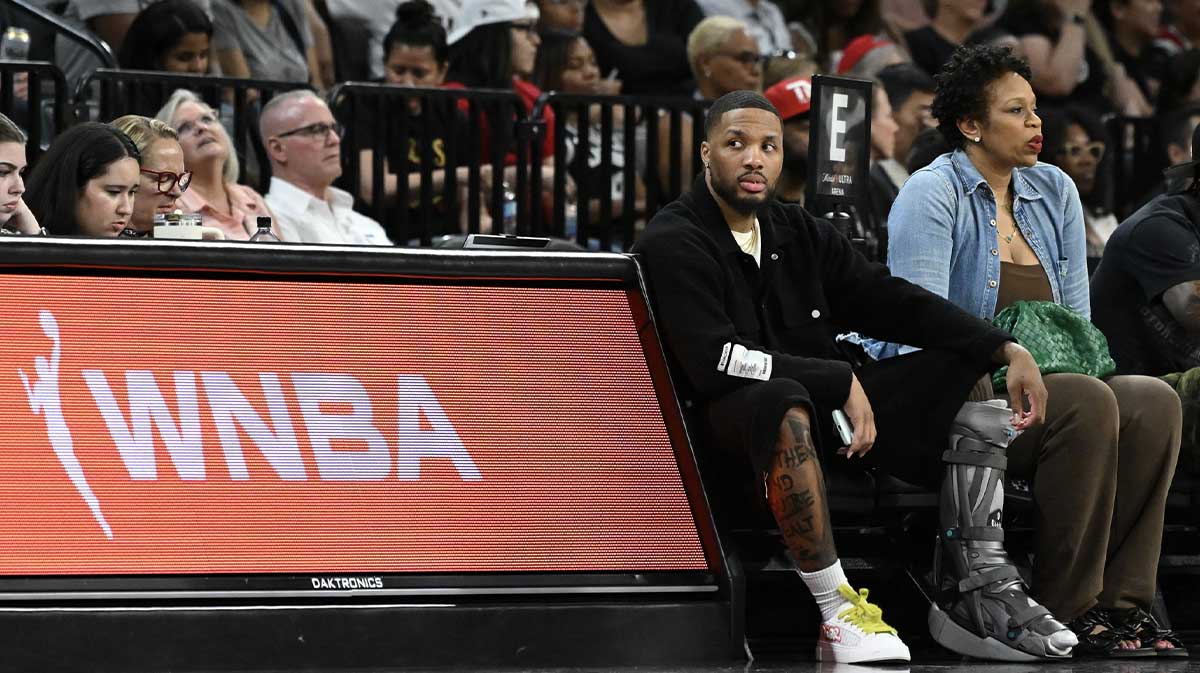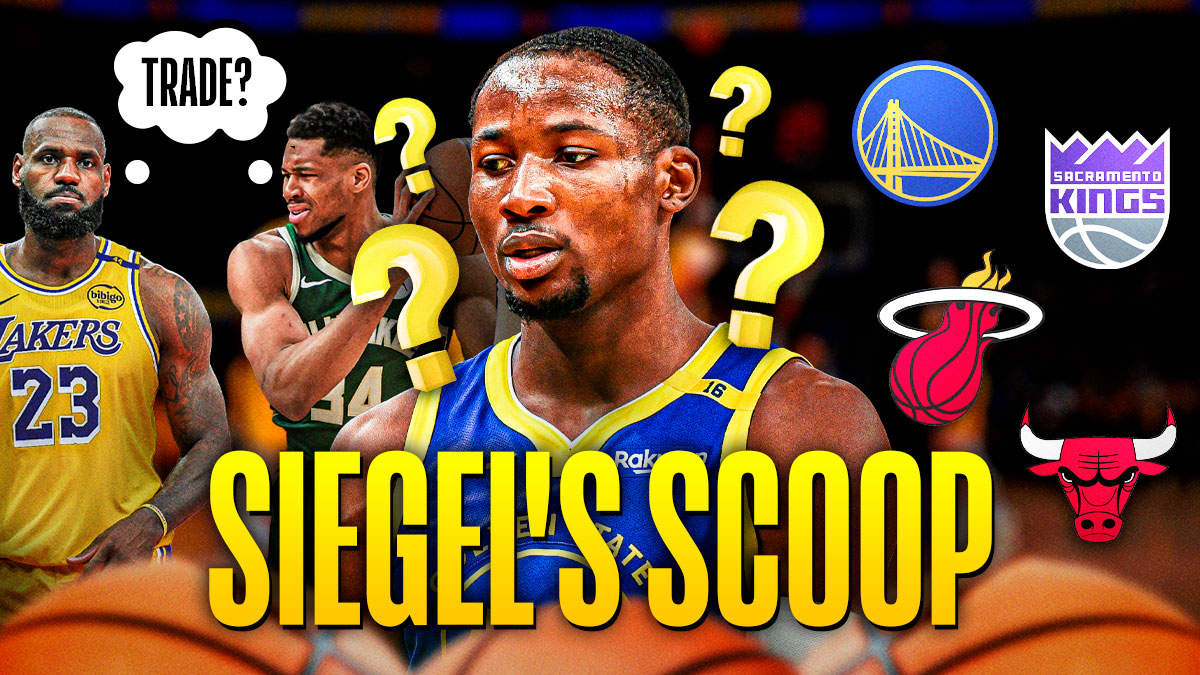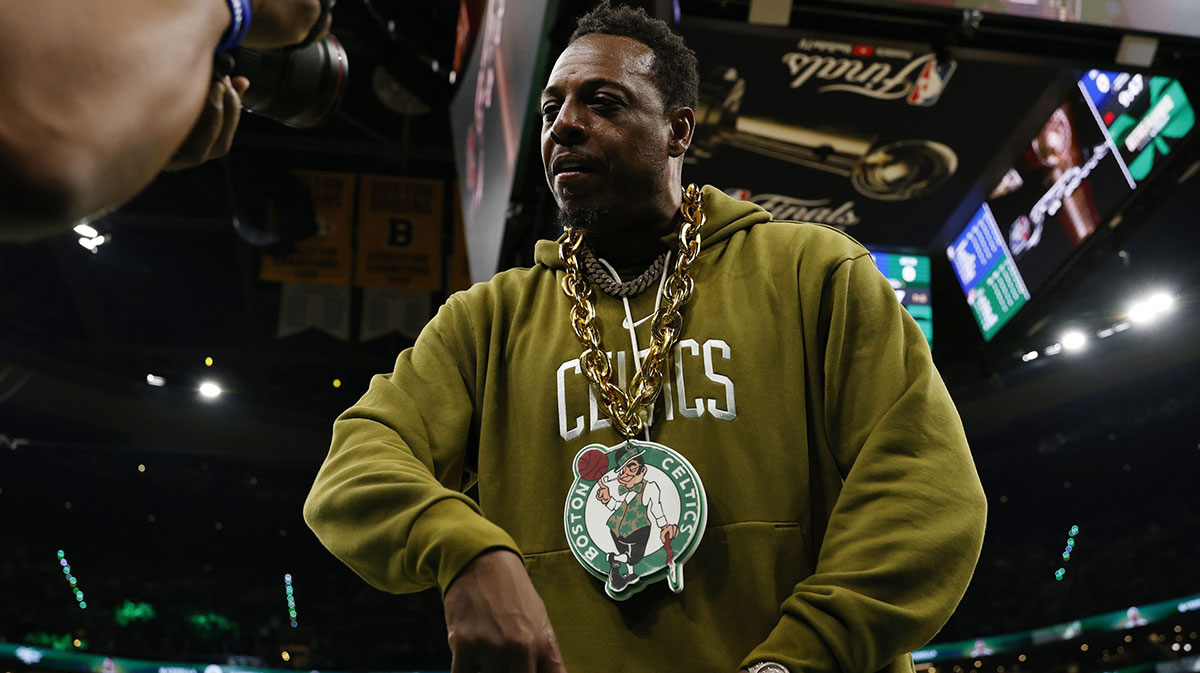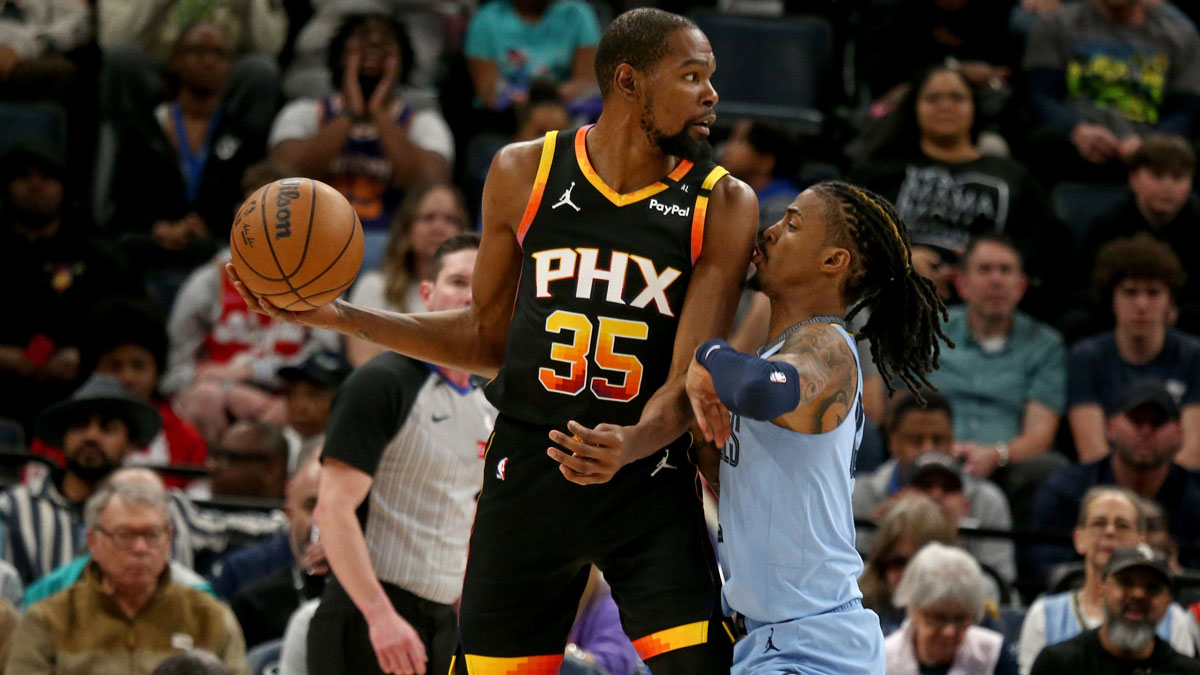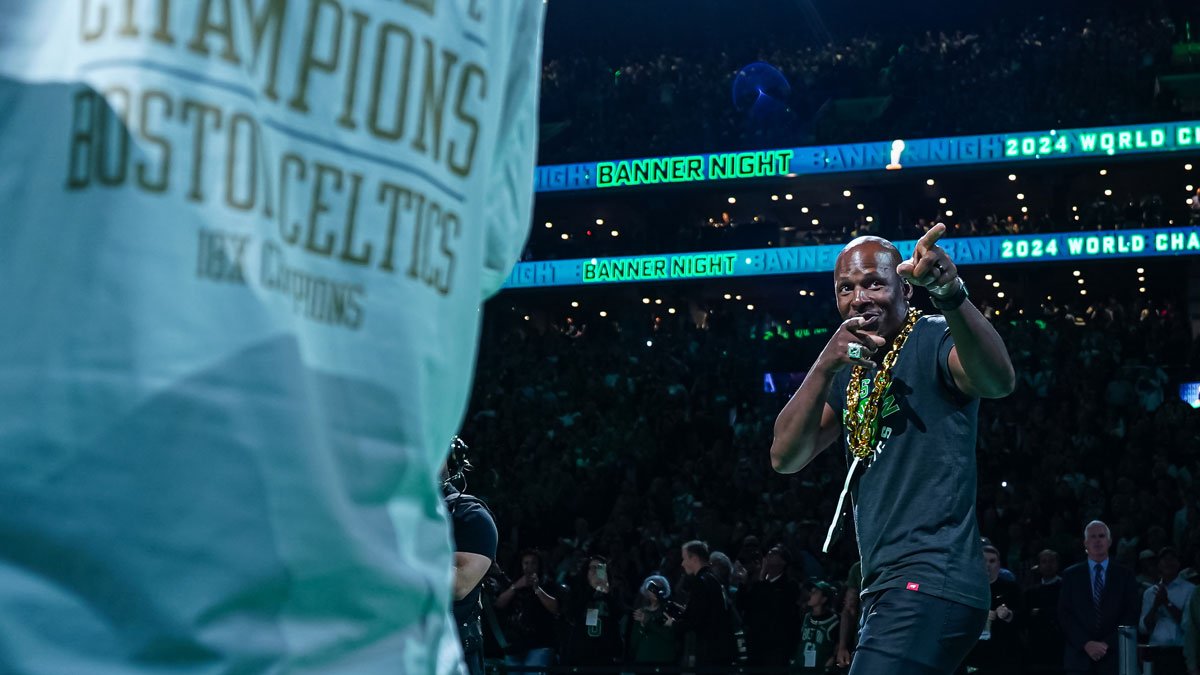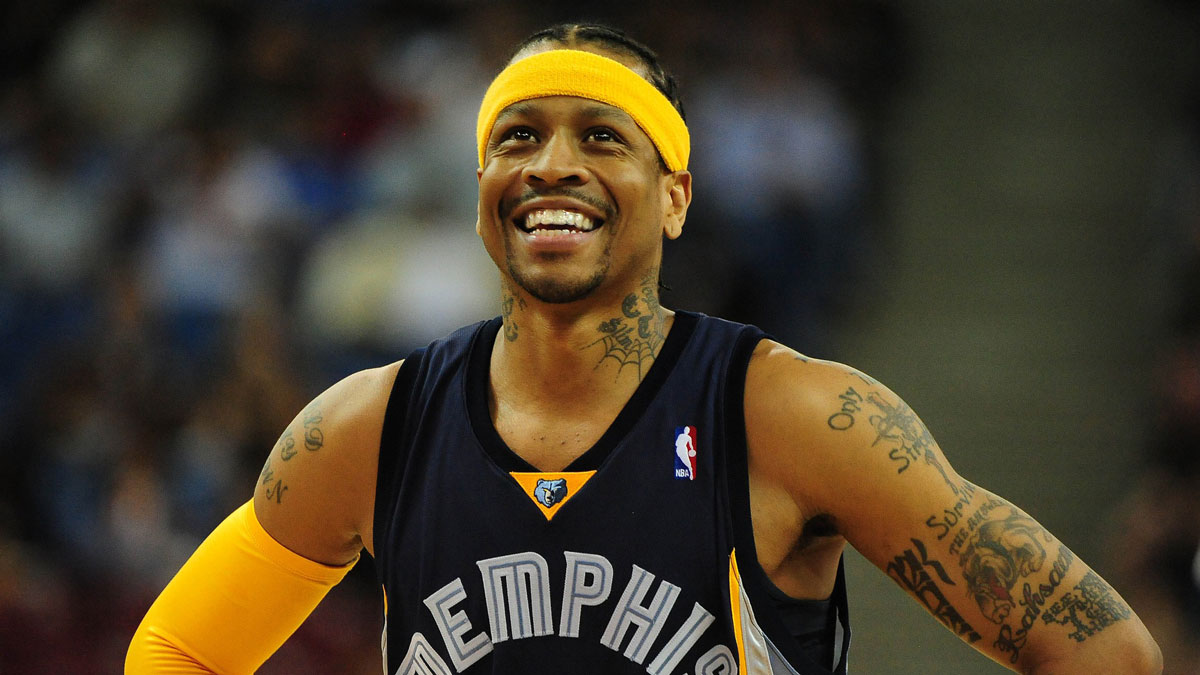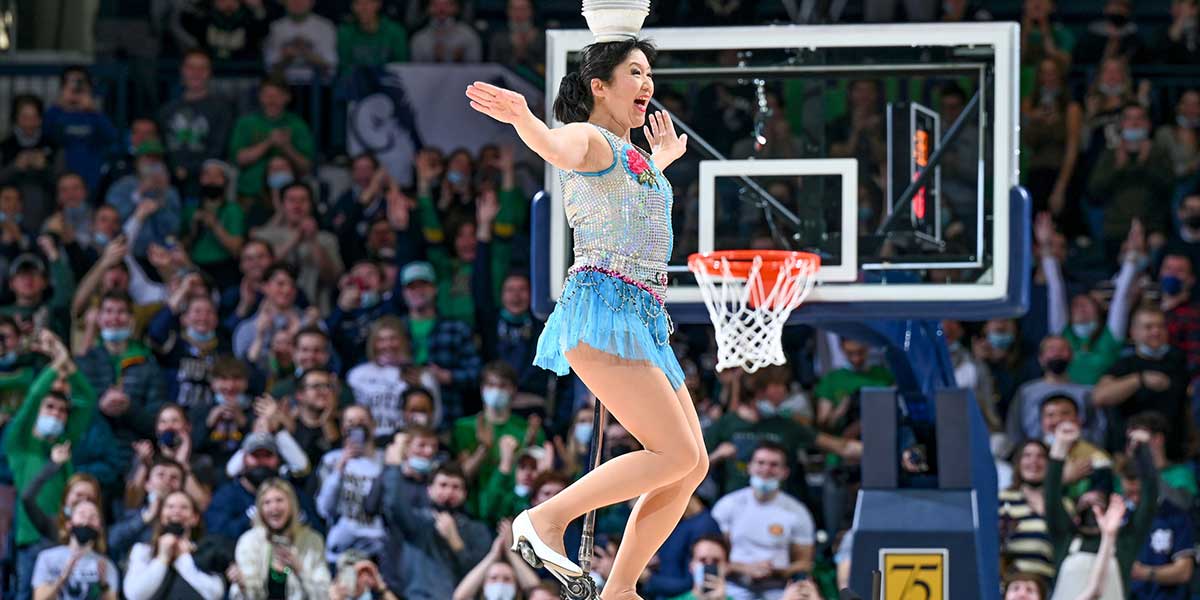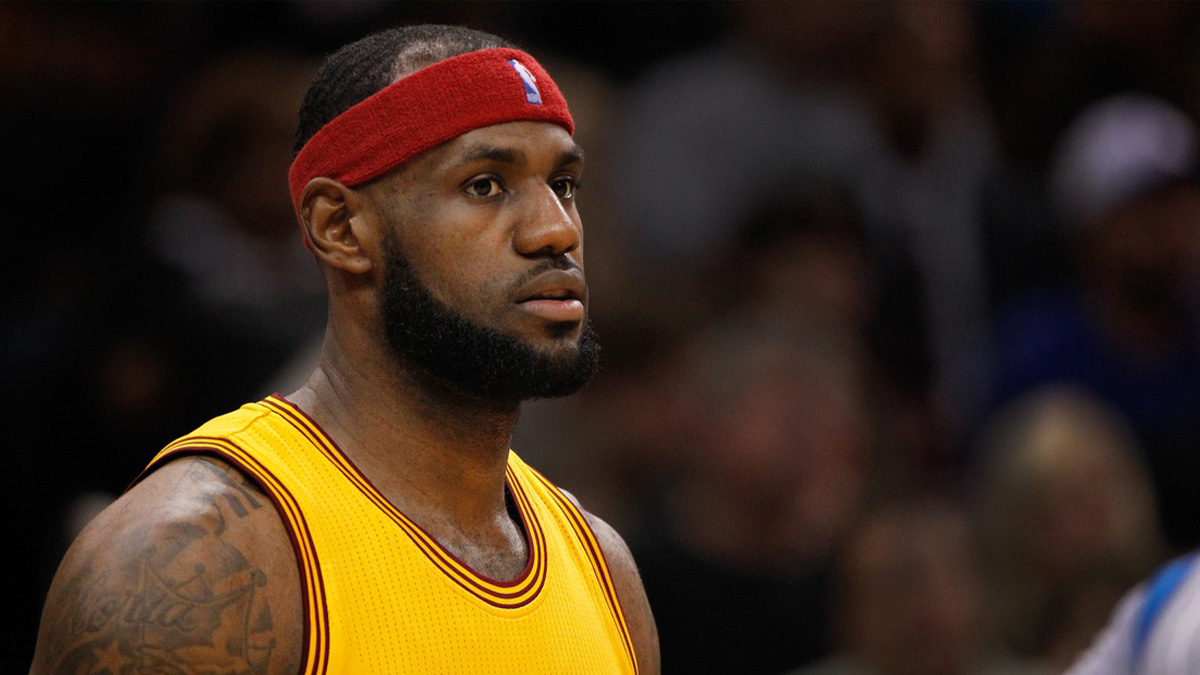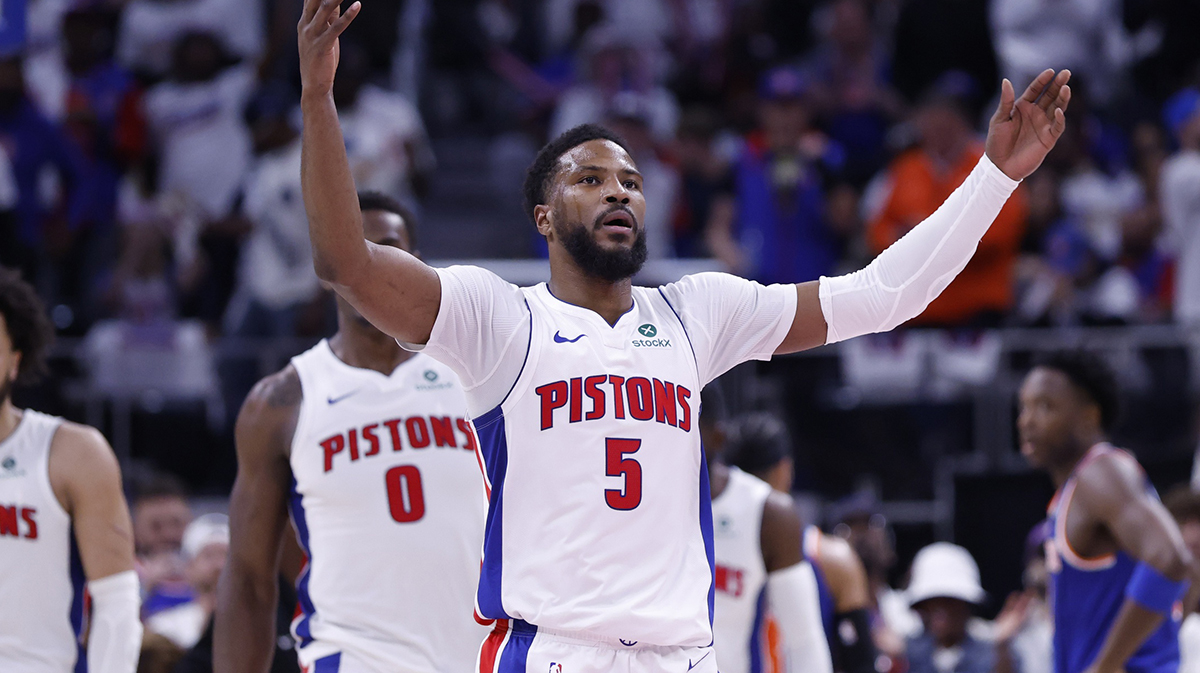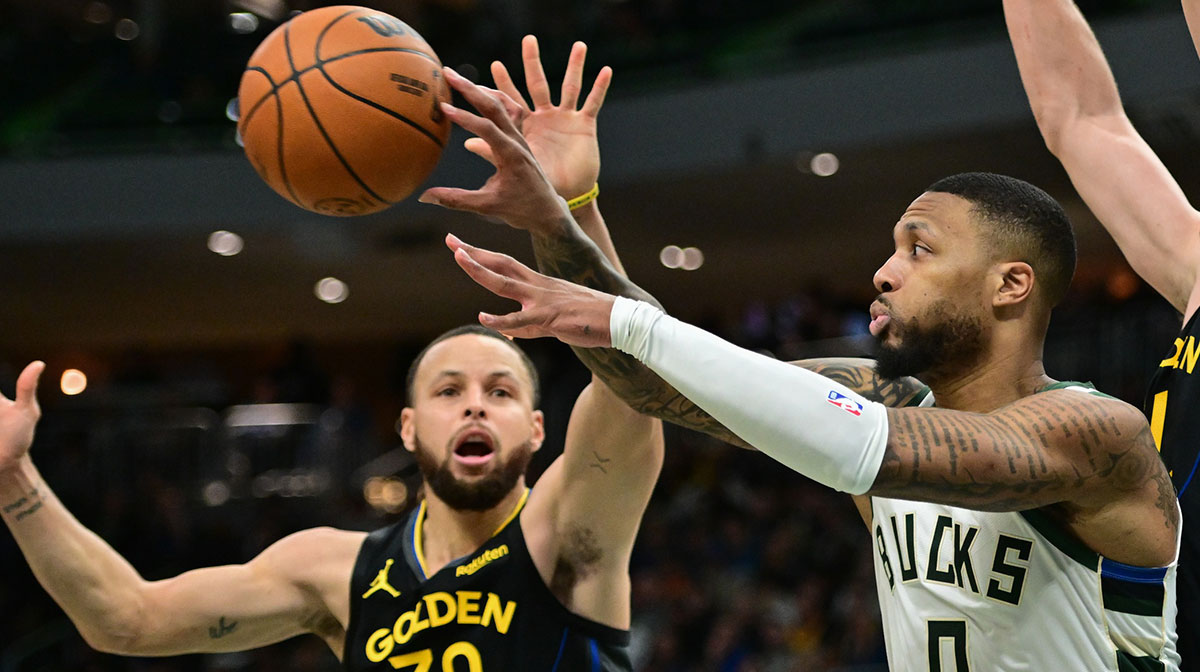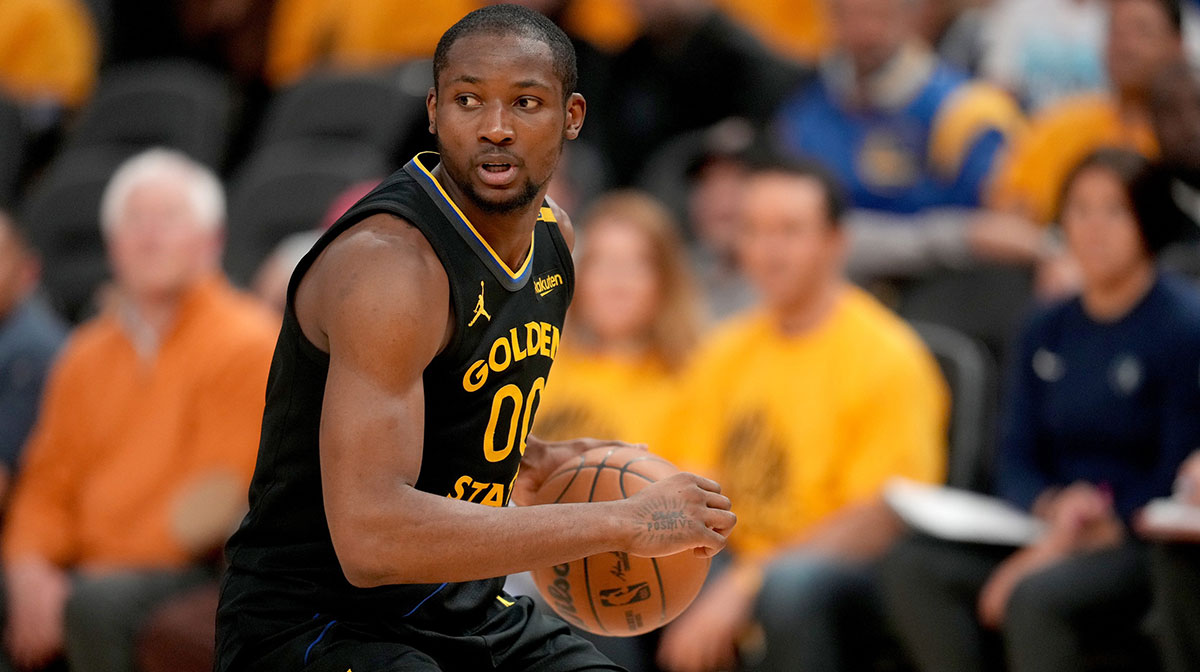Free agency is the time every team in the NBA gets to dream big and hope for the best.
Just because teams are flush with cap space and have holes on the roster to fill, though, never means the most prudent approach to free agency is spending big money at the expense of price and fit.
Here are three high-profile free agents teams should probably avoid come July.
3. DeAndre Jordan

In his first season playing for a team other than the Los Angeles Clippers, the per-game numbers suggest Jordan was pretty much the same player he was over his final few years in Southern California.
Jordan averaged 11.0 points, 13.1 rebounds, a career-high 2.3 assists, and 1.1 blocks per game while shooting 64.1 percent from the field with the Dallas Mavericks and New York Knicks last season.
Those solid statistics not only fall in line with his previously established norms, but are more impressive than they seem on the surface considering he played 29.7 minutes per game, his fewest since 2012-13. More encouraging? Jordan, a career 44.6 percent free-throw shooter coming into last season, shot a solid 70.5 percent from the charity stripe, an easy personal best.
Regardless, teams should be increasingly wary about committing the type of money to Jordan his name recognition suggests after his performance in 2018-19.
Often failing to put forth anywhere near maximum effort on either side of the ball for the Mavericks and Knicks, Jordan was mostly listless playing for rebuilding teams without playoff hopes, routinely finding himself flat-footed defensively, a step late setting screens within the flow of the offense, and most infamously, accused of stealing rebounds from teammates to pad his stat totals.
Both the Mavericks and Knicks posted lower defensive ratings with Jordan off the floor, per NBA.com/stats. He contested just 3.7 shots at the rim per game, easily the lowest of any traditional big man in the league who got at least 25 minutes a night. And as good as his 64.1 percent shooting seems without context, it's lower than any mark in his career since 2012-13, which is also the most recent time Jordan totaled fewer than 180 dunks until last season.
Obviously, there's still a role for Jordan in the NBA.
But at 30 years old with a game almost completely predicated on athleticism and engagement, Jordan's years as an entrenched starting center for a contender look long behind him.
2. Nikola Mirotic

The Eastern Conference arms race at the trade deadline included the Milwaukee Bucks' acquisition of Mirotic, who just a year earlier helped the underdog New Orleans Pelicans sweep the Portland Trail Blazers in the first round of the playoffs following a midseason trade from the Chicago Bulls.
Mirotic was supposed to spread the floor even further for Giannis Antetokounmpo and Eric Bledsoe, unlocking new lineup combinations that would allow Mike Budenholzer to veer from his team's ingrained two-way style when circumstances of time and score called for it.
Instead, Mirotic appeared in just 14 games with the Bucks before breaking the thumb on his non-shooting hand in March, and completely fell out of Budenholzer's rotation by the time Milwaukee's back was against the proverbial wall of elimination in the Eastern Conference Finals.
The Bucks' initial postseason starting lineup of Bledsoe, Khris Middleton, Antetokounmpo, Mirotic, and Brook Lopez had a net rating of -6.2 in 80 minutes, despite seeing more time more than any other quintet the team used in the playoffs. Milwaukee's four core starters, meanwhile, dominated with both Sterling Brown and Malcolm Brogdon, who came back from injury in Game 5 of the second round, in place of Mirotic.
Throughout his career, the idea of Mirotic has always been more appealing than the reality. Spotting up several steps beyond the arc away from the ball only matters so much in the postseason if the player in question can't consistently make the defense pay for giving him air space.
After connecting on 44.7 percent of his catch-and-shoot triples with the Pelicans during last year's playoffs, Mirotic shot only 29.2 percent this time around with the Bucks, per NBA.com/stats, including 27.6 percent on wide open looks.
Bottom line: Mirotic has proven again and again he's not the marksman his reputation suggests, and his all-encompassing influence took a major hit last season as a result.
He's best suited for a bench role, one that would allow a team to withstand his inconsistencies while not having to compensate him like a true impact player.
1. Derrick Rose

Price obviously factors into the future utility of Jordan and Mirotic, but perhaps Rose to an even greater extent.
It's easy to forget now that he was one of the most pleasant surprises of the early going last season, dropping 50 points against the Utah Jazz, hitting a game-winner against the Phoenix Suns, and writ large suddenly looking a lot like the player who became the youngest MVP in NBA history back in 2011.
But memories of Rose's eye-popping play over the first couple months of the season still deserve major caveats. Most important among them is that he again failed to stay healthy, playing 51 games as the result of a ligament injury to his right ankle and season-ending surgery on his right elbow in March.
The driving force behind Rose's success when he was on the floor wasn't penetration, either, though he indeed flashed the driving dynamism that propelled him to superstardom early in his career.
He shot 35.0 percent on catch-and-shoot threes and 38.5 percent on pull-up triples last season, easily the best numbers of his career when accounting for quantity. There's just nothing in Rose's past that suggests he's a plus jump-shooter, and his stellar 46.2 percent shooting from mid-range in 2018-19 is nearly as big an outlier as his proficiency from beyond the arc.
Rose, remember, contemplated retirement after a disastrous 2017-18 season that saw him fall out of favor with the Cleveland Cavaliers and take a full month to be signed off the free-agent scrap heap following his release from the Utah Jazz in wake of a midseason trade.
He did more than enough last season to ensure himself worthy of another contract, which should be considered a major win all by itself considering the wayward nature of his career over the last several seasons.
But any team looking at Rose's effectiveness in 2018-19 absent the context of unsustainable jump-shooting and multiple injuries that sidelined him for more than a third of the regular season nevertheless runs the risk of doing itself a major disservice in free agency.

